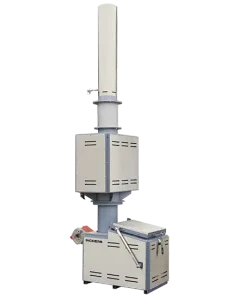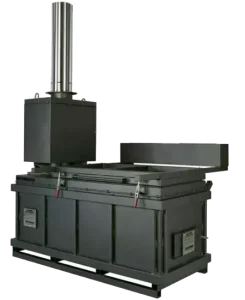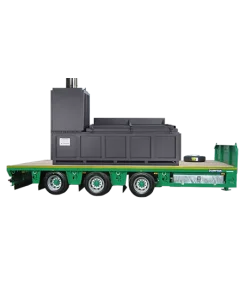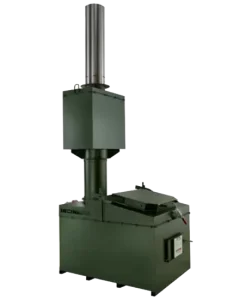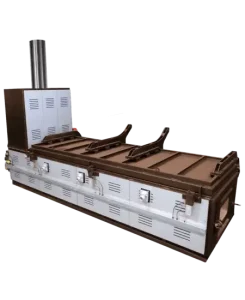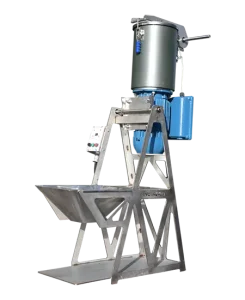Invasive plants, or alien’ plant invasions, are an ongoing serious problem for rural areas in the UK. The National Trust properties have a history of discovering and dealing with these plants.
Types of invasive plant found in the UK:
These are just some of the type of plants that have been causing issues across the UK. They are often strong and aggressive in the growth and seeding, so indigenous plants in the area don’t stand a chance to succeed. The spread of these invasive plants can alter the eco-system of an area and can even damage the foundations for trees and the soil composition along rivers. Experts fear the impact could be worse than that of global warming.
Common ways to dispose of them
Currently the only solution for tackling these plants are to pull them out by the root. A manual task undertaken by Farmers, Gardeners and National Trust volunteers across the country. Whilst this can be low impact and time consuming it is a battle worth fighting. Once the plants have been pulled from the ground, where do they go? How can you be sure that the disposal methods completely remove the risk of further spreading? There are a few methods of disposal suggested; burying, specialist waste landfill, spraying with chemicals. Each method comes with a series of conditions that must be met and regulations to keep to in order to ensure that the risk of further spreading is eradicated.
Can I Incinerate Hazardous Plant Waste?
Incineration of the plants and their seeds is a popular and common method of disposal. Most landfills that you take the waste to would use incinerators burn it. Having an onsite incinerator would save on the logistics and costs of arranging waste management companies to transport the waste to landfill, or similarly the hassle of ensuring the waste is properly covered and the risk of fines or prosecution should any seeds escape en route, if you are to transport the waste yourself. The incinerators provided by INCINER8 would ensure that all plant waste is burnt in a sealed container, therefore no risk of airborne seeds escaping when they reach a certain temperature or some viable seeds surviving and staying in the ground, which can be the case when disposing using a burn pile. The ash and debris left from burning in an incinerator can then be carefully disposed or added to compost of knowing the risk of spreading has been stopped. Visit our Invasive plant destruction page for more information. You may need a permit to burn waste onsite, however you often can be made exempt from this through burning only plant waste privately, the INCINER8 experts can guide you through this. Disclaimer: never burn poison ivy or poison oak release volatile oils that are harmful if inhaled. You must tell the Environmental Agency and the local Environmental Health Officer if you plan to burn anything onsite. For a comprehensive list of invasive species in every country take a look at the Invasive Species Database

